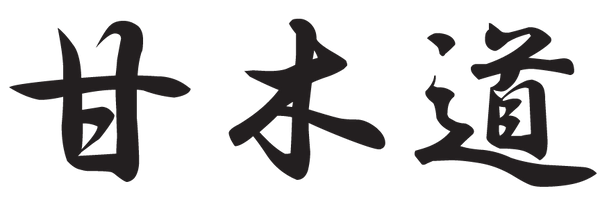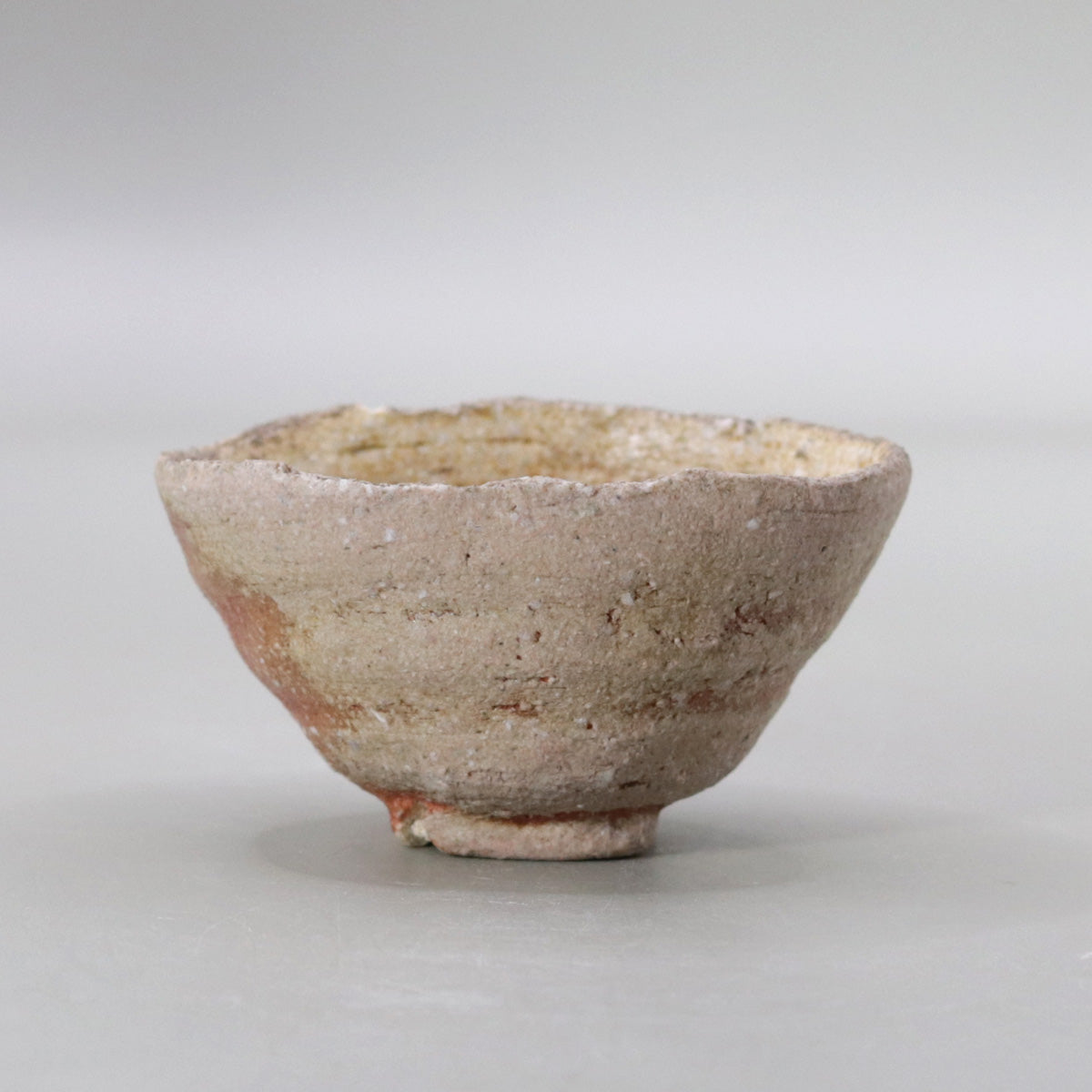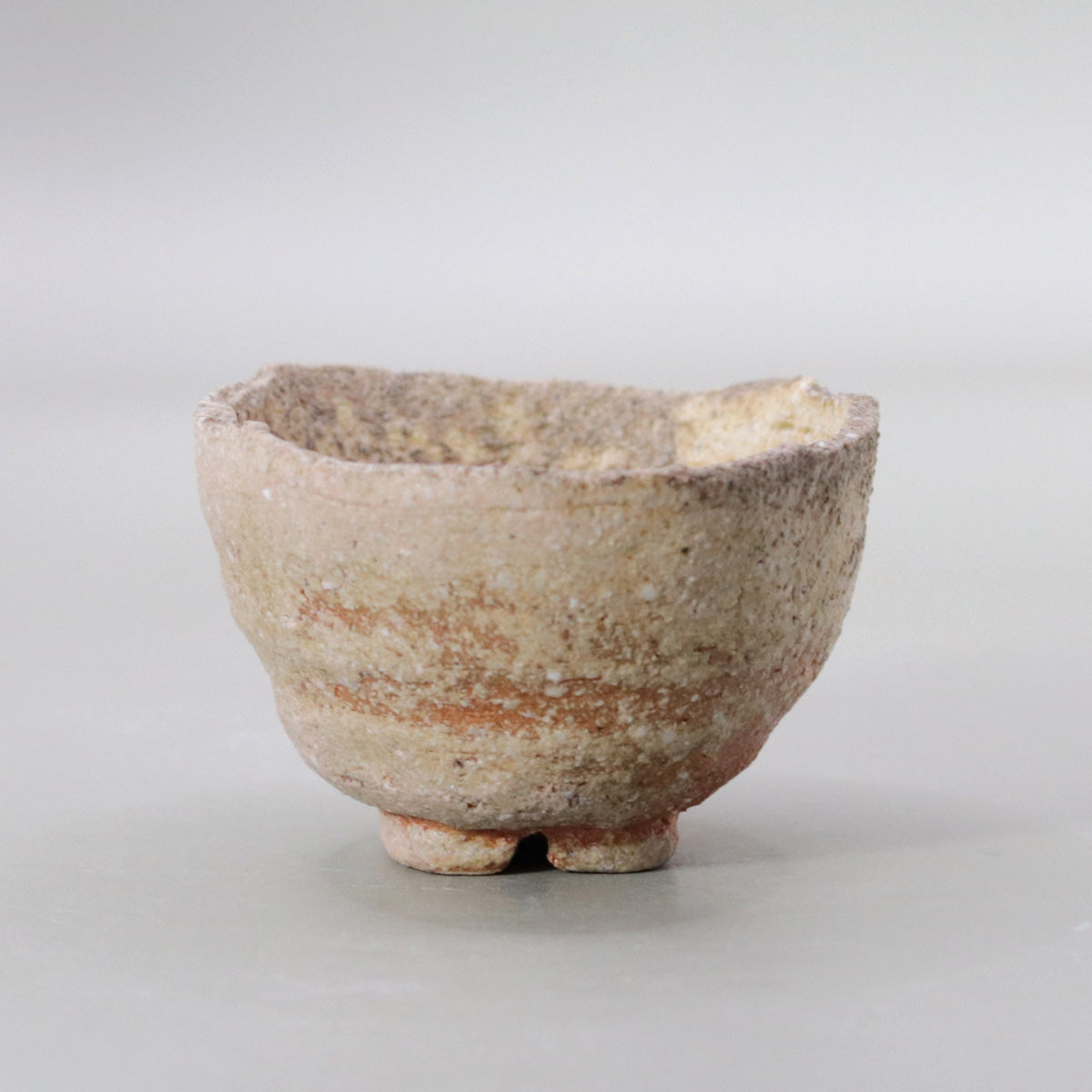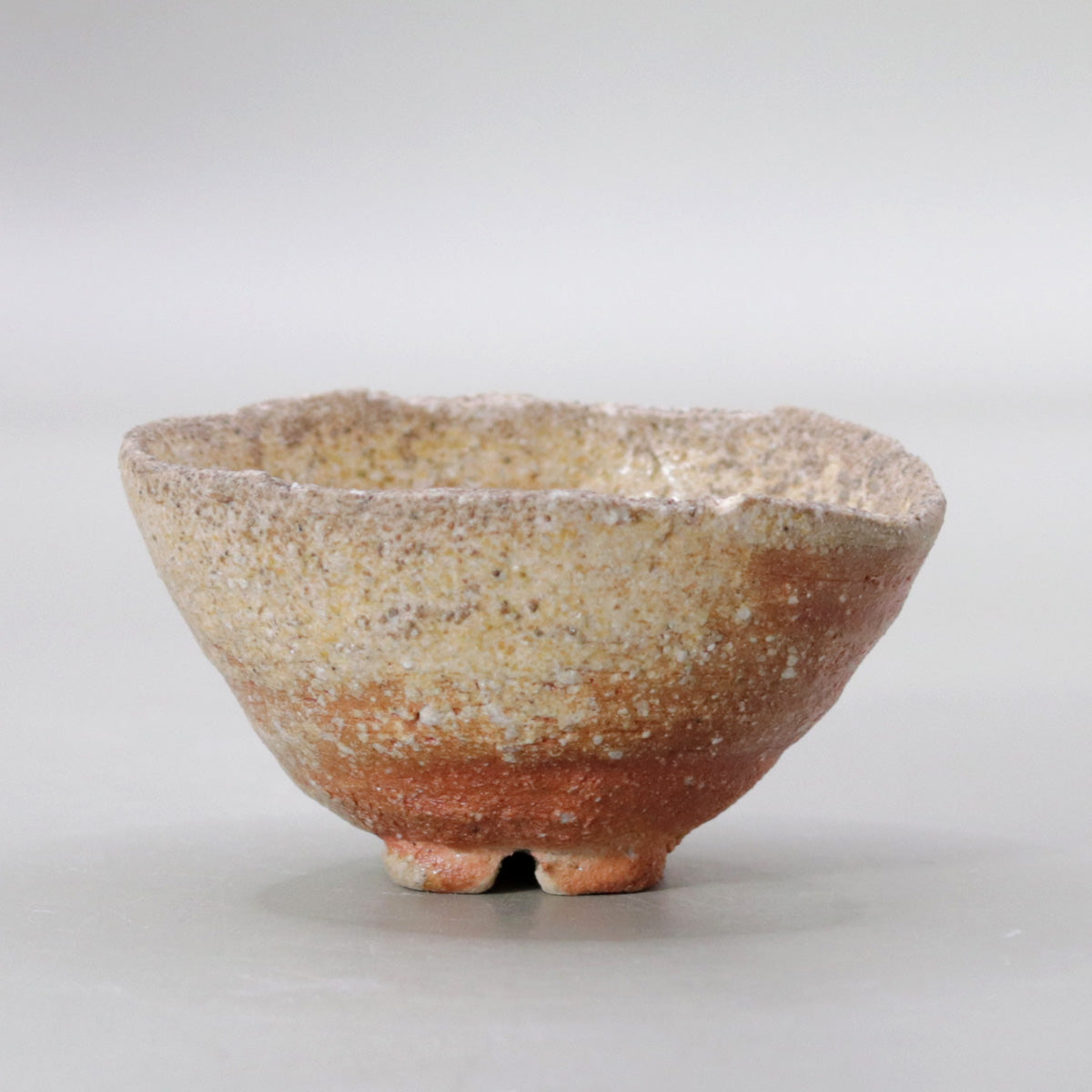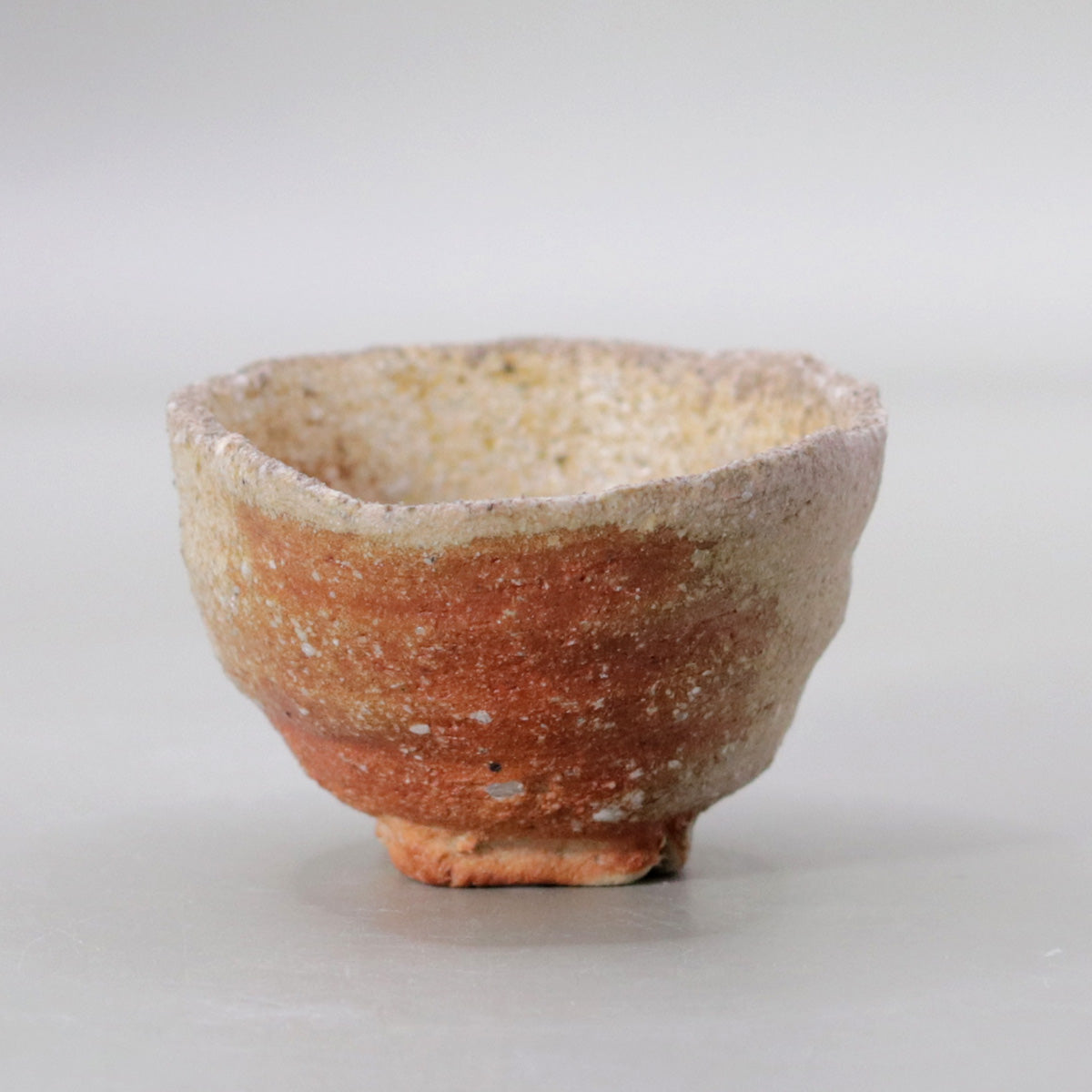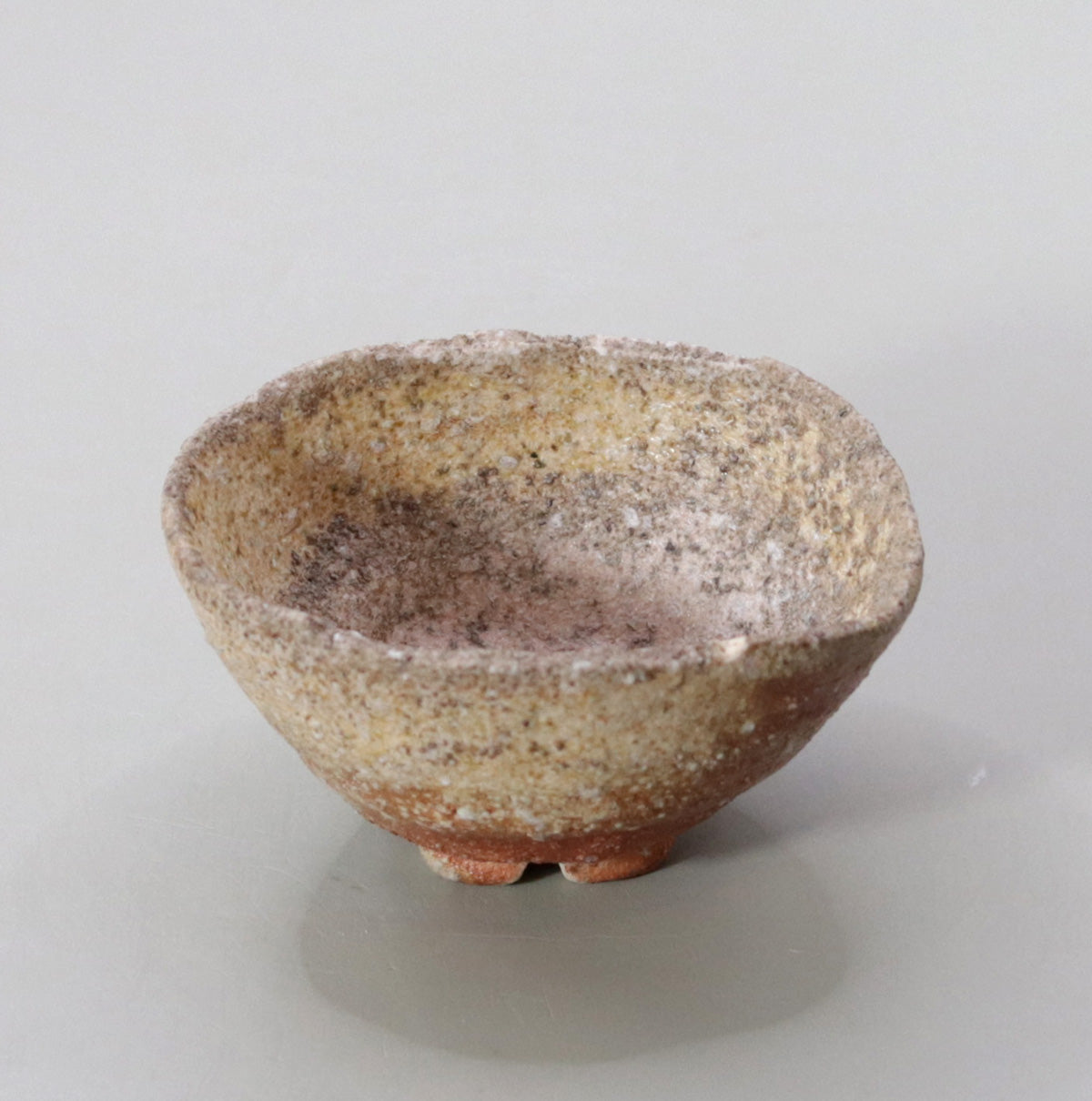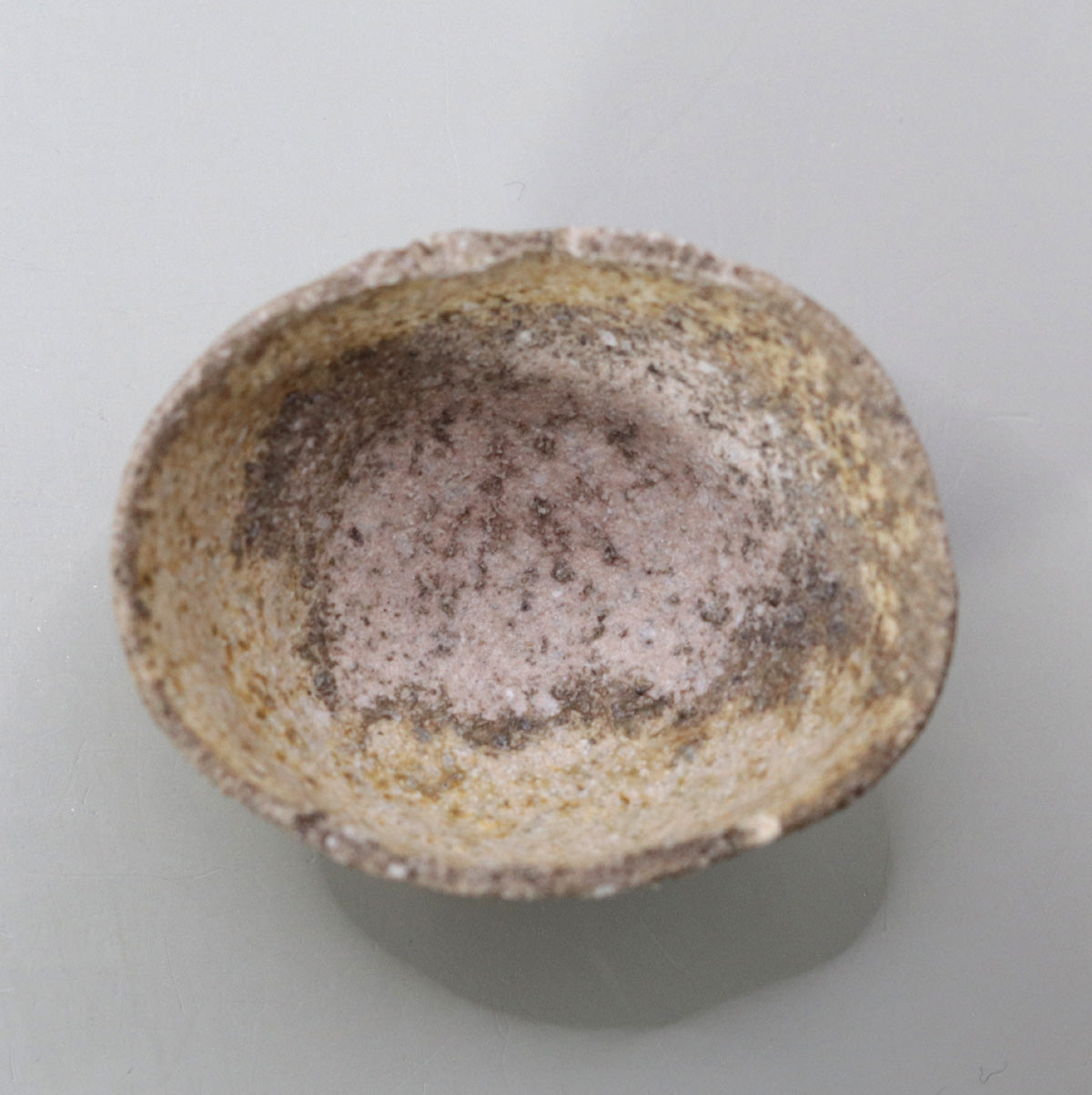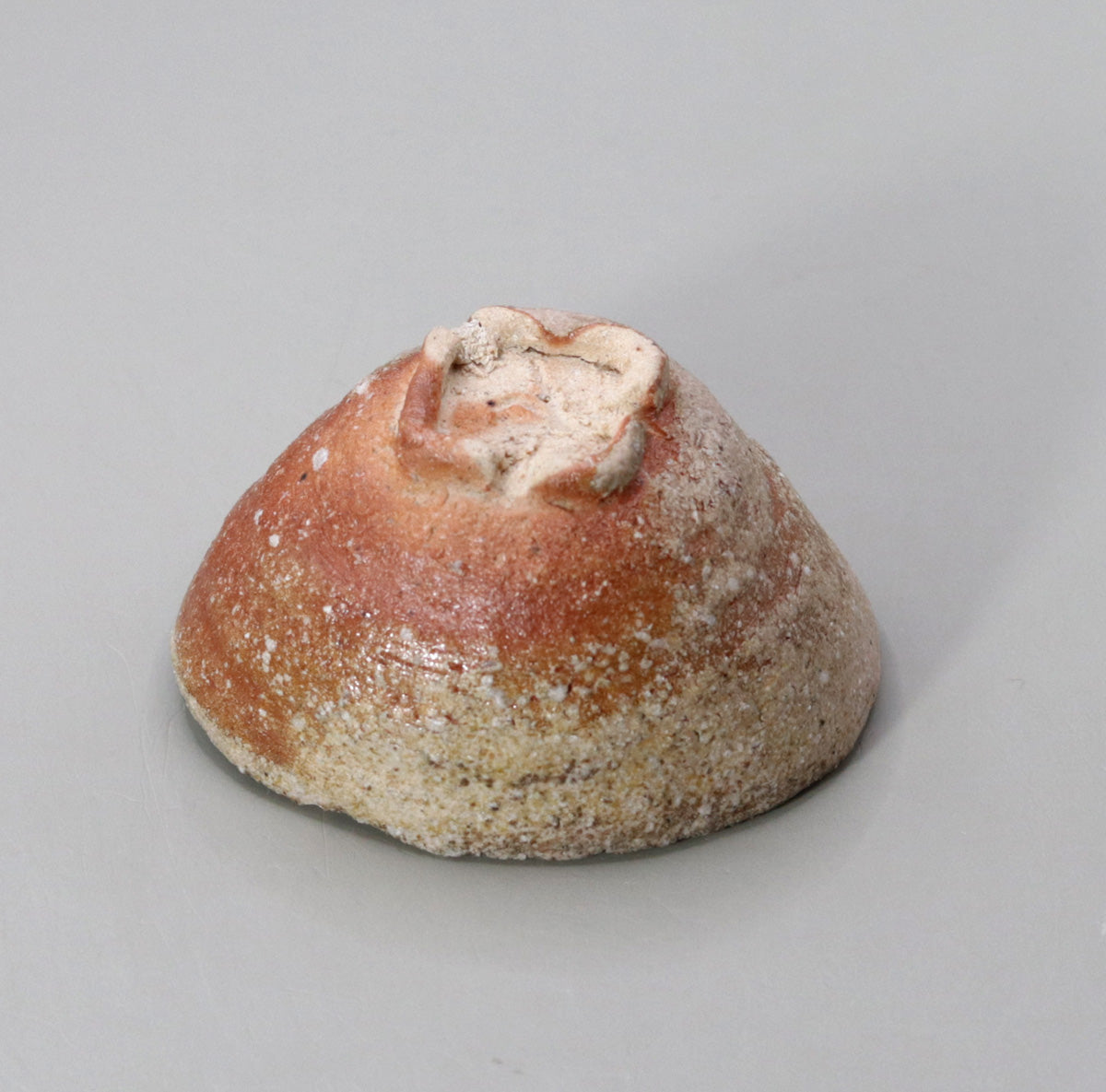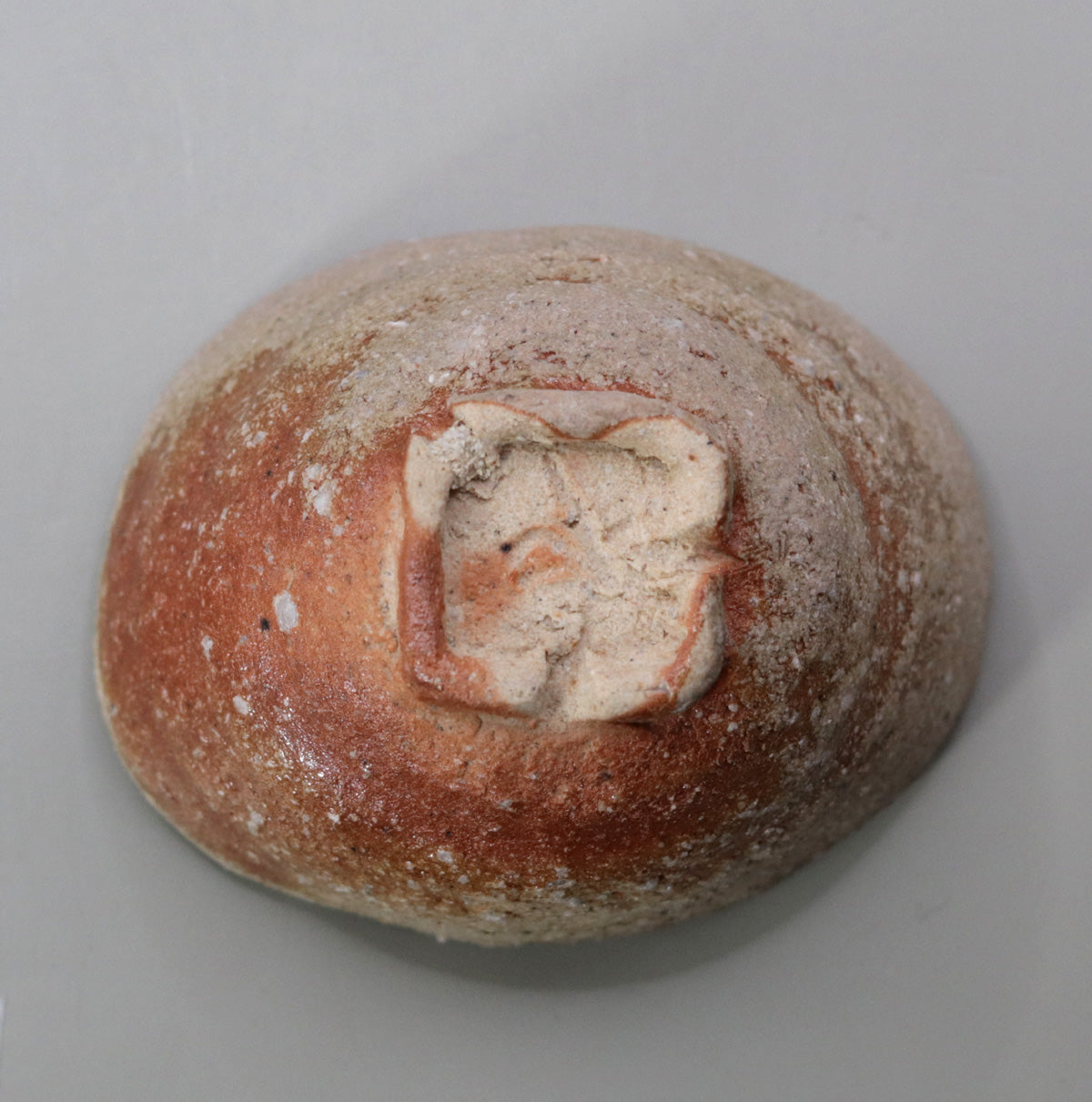Shigaraki brush washer sake cup by Yanashita Hideki
Shigaraki brush washer sake cup by Yanashita Hideki
Couldn't load pickup availability
Width 8.4cm x Height 6.7cm
By Toki Yanagishita - A small brush washer that inherits the memory of the flower orange and lives on in the present
Shigaraki ware is one of the most representative pottery styles of Momoyama period, characterized by the beauty of the rough clay and natural glaze. It has produced many unparalleled masterpieces, such as flower vases and water jars, that make use of the strength and simplicity of the clay, but there are few tea bowls, and there is even a saying that "there are few tea bowls in Shigaraki." Shigaraki pottery has a strong impression of "grass," and has a history of being rarely treated as "shin" or "gyo" vessels that embody formality and order.
A tea bowl that gave Shigaraki a clear formal beauty and order was created by Kobori Enshu in the late Momoyama period. The name of that tea bowl was "Hanatachibana." This work, "Shigaraki Brush-Washing Sake Cup," is a masterpiece that can be called "Kohanatachibana living in the modern era," in that the spirit and form of Enshu has been reconstructed by Yanagishita Tokiki into a modern sake cup.
The material called Shigaraki and "clay that is difficult to make into tea bowls"
The appeal of Shigaraki ware lies in the earthen color that is unique to the firing process. The color of the earth changes during firing, the glaze flows naturally as the ash is covered, and the fire color appears depending on the fire. Shigaraki ware is imbued with an aesthetic sense that appreciates these changes that occur by chance in the kiln as the "scenery" of the work. However, since Shigaraki is a pottery that is created by "exposing the earthen surface," it is at a disadvantage when it comes to tea bowls and sake cups, which are tools that are placed in the mouth. If the earthen rim is rough, it is uncomfortable to drink from, and if the earthen color is too strong, there are concerns about hygiene. In addition, Shigaraki was originally a lineage of household utensils rooted in agriculture, and was far removed from "formal utensils" with decorativeness and refined beauty of form. Therefore, even from a historical perspective, there are few masterpieces of Shigaraki tea bowls, and although "Mizunoko" and "Igaguri" are considered to be famous products, they do not have a presence that can be compared to masterpieces such as Shino and Raku.
Kobori Enshu's "Brush-washed Tea Bowl "Hanatachibana" - The Challenge of Formalizing Shigaraki
It was Kobori Enshu who elevated the simple local character of Shigaraki in a completely opposite direction.
He had a bowl called "Hanatachibana" made by recreating the formal shape of a brush washing vessel found in Chinese bronzeware and Chinese-style porcelain, using the "grass" soil of Shigaraki. "Hanatachibana" has a three-legged base, a neat bowl shape, and a formal beauty exudes from the austereness of the firing. This work symbolizes the aesthetic sense of Enshu, which could be called "neoclassicism," that was born with the establishment of samurai society, and pioneered a new realm of beauty by "mixing" Chinese-style designs with Japanese-style porcelain materials. Although Enshu tea is part of the lineage of wabi-cha tea that continues from Juko, Joo, Rikyu, and Oribe, the difference in its role during that era meant that it was necessary to bring "order" and "formality" into the tea ceremony. Although he inherited the "rebellion" spirit of wabi-cha tea, Enshu was also in a position to maintain "public order" as the head tea master of the shogunate, so a work like Hanatachibana was the very embodiment of ambiguous beauty.
Shigaraki Brush-washed Sake Cup: Reinterpreting the Enshu style into a sake cup
This work, Shigaraki Brush-Washing Sake Cup, by Yanagishita Tokiki, is inspired by the Flower Orange, but it is no mere copy. By breaking down the brush-washing style and relaxing the tension, it has the practicality and warmth of a sake cup. The shape is gentle, with the body bleeding the reddish-brown fire color that is unique to Shigaraki, and the inside has faint traces of ashfall. The somewhat relaxed shape fits comfortably in the user's hand, and the expression of the vessel seems to assume that it will be "used."
The revival of ancient Shigaraki and the soil that lives in the present
Modern Shigaraki has many new expressions, such as "Bidoro Shigaraki," which has a glassy luster achieved by glaze, but this work by Mr. Yanagishita returns to the essence of ancient Shigaraki and reexamines the essence of beauty. Ash falls naturally, and the power of the clay is revealed in the firing. He believes in the "appearance" in nature, rather than in the artificiality of trying to make it look beautiful. This attitude quietly resides throughout this vessel. At the same time, the simplicity never becomes unsophisticated, thanks to Mr. Yanagishita's skill in subtracting form and taking advantage of the space. The ability to accept the contradiction and yet lead to harmony by incorporating the form of a Chinese brush wash into Shigaraki with firing can be said to be an extremely sophisticated "neoclassical" form that is in line with the ideas of Enshu.
A place where the formality of brush washing and the pleasure of sake cups come together
He pours the sake, takes a sip, turns the cup over, looks up at the hill, and pours another glass.
In the midst of this repetition, the earth and flames of Shigaraki, the formality of Enshu, and the modern sense of form of Yanagishita Tokiki slowly seep in. This Shigaraki Brush-Washing Sake Cup is a vessel that truly gives you the moment when the act of drinking turns into the act of "tasting history in the palm of your hand."
Above all, this is a rare piece that beautifully and quietly pioneered the "brush-washing style sake cup" genre, something that had not been attempted much in Shigaraki up until now.
While inheriting the spirit of Enshu, Mr. Yanagishita is updating the "present of Shigaraki" -- his aesthetic sense and imagination permeate every corner of the pottery.
Hideki Yanashita Profile
Ceramicist 1967 –
Born in Tokyo, Yanagishita is currently based in Iga, Mie Prefecture. Fascinated by pottery from the Momoyama period, he embarked on the path of ceramics. After training in Shigaraki, he built his own anagama kiln in Iga, Mie Prefecture, and opened the Kanda Kiln. Under the tutelage of Sadamitsu Sugimoto, Yanagishita has been creating a wide variety of works , including Raku ware, Yakishime, Ido, and Oribe, while deeply exploring the world of wabi-sabi from his own unique perspective. An important theme in Yanagishita's creations is the quest for new heights , born from the incorporation of modern materials and unique approaches while deeply studying the techniques and spirit of his predecessors. His works question essential beauty that is timeless, and invite the viewer into a deeper world of art.
Base of operations : Iga, Mie Prefecture
Share
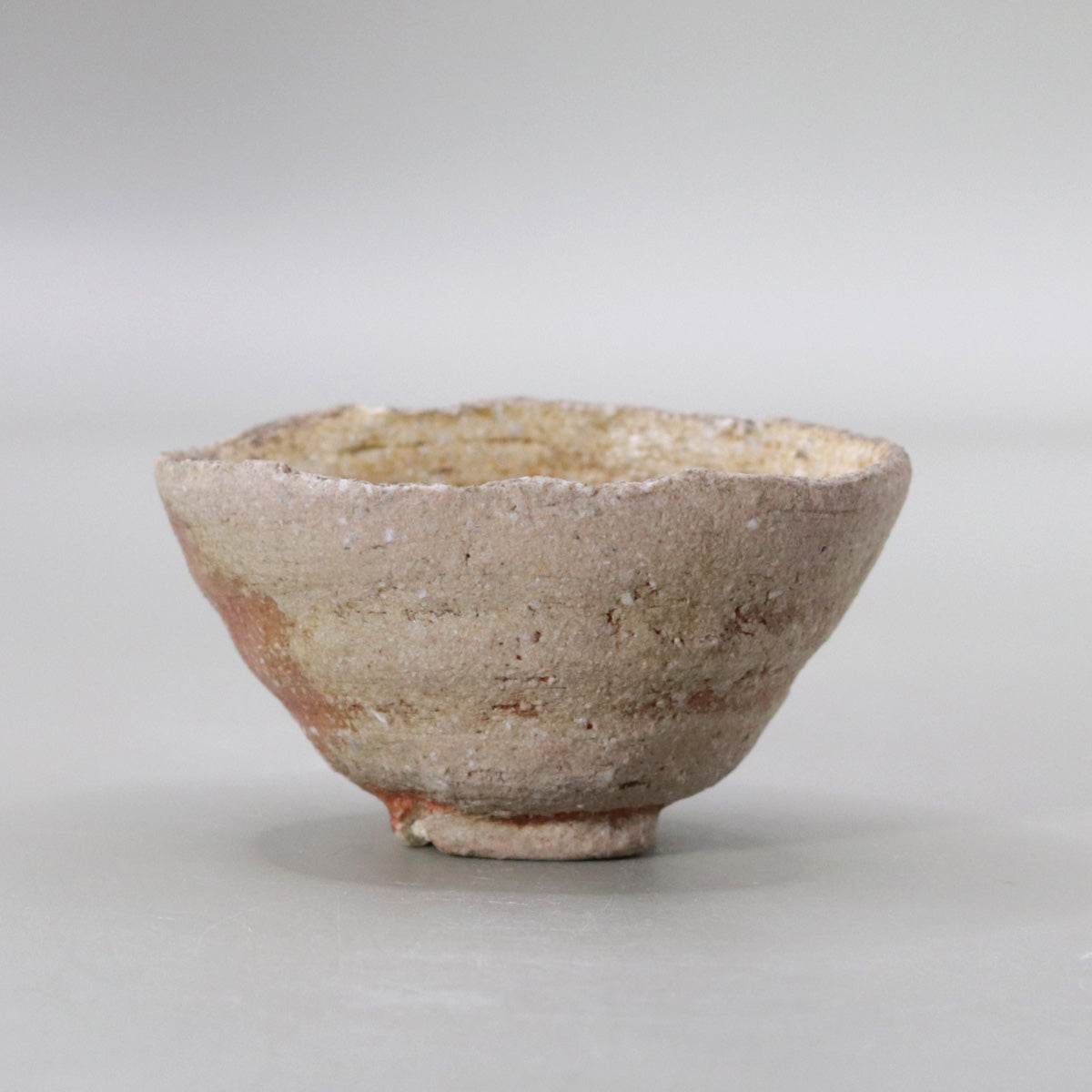
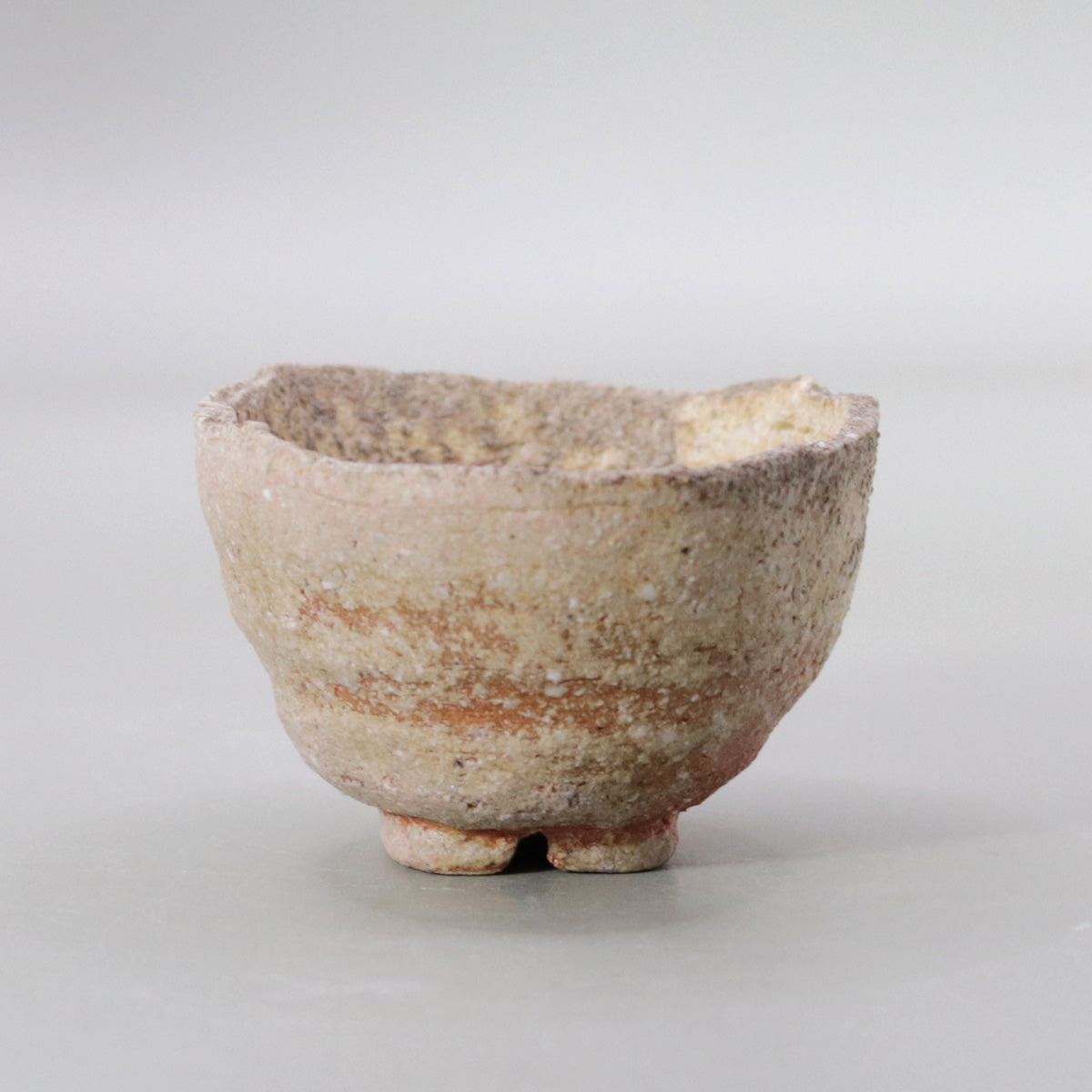
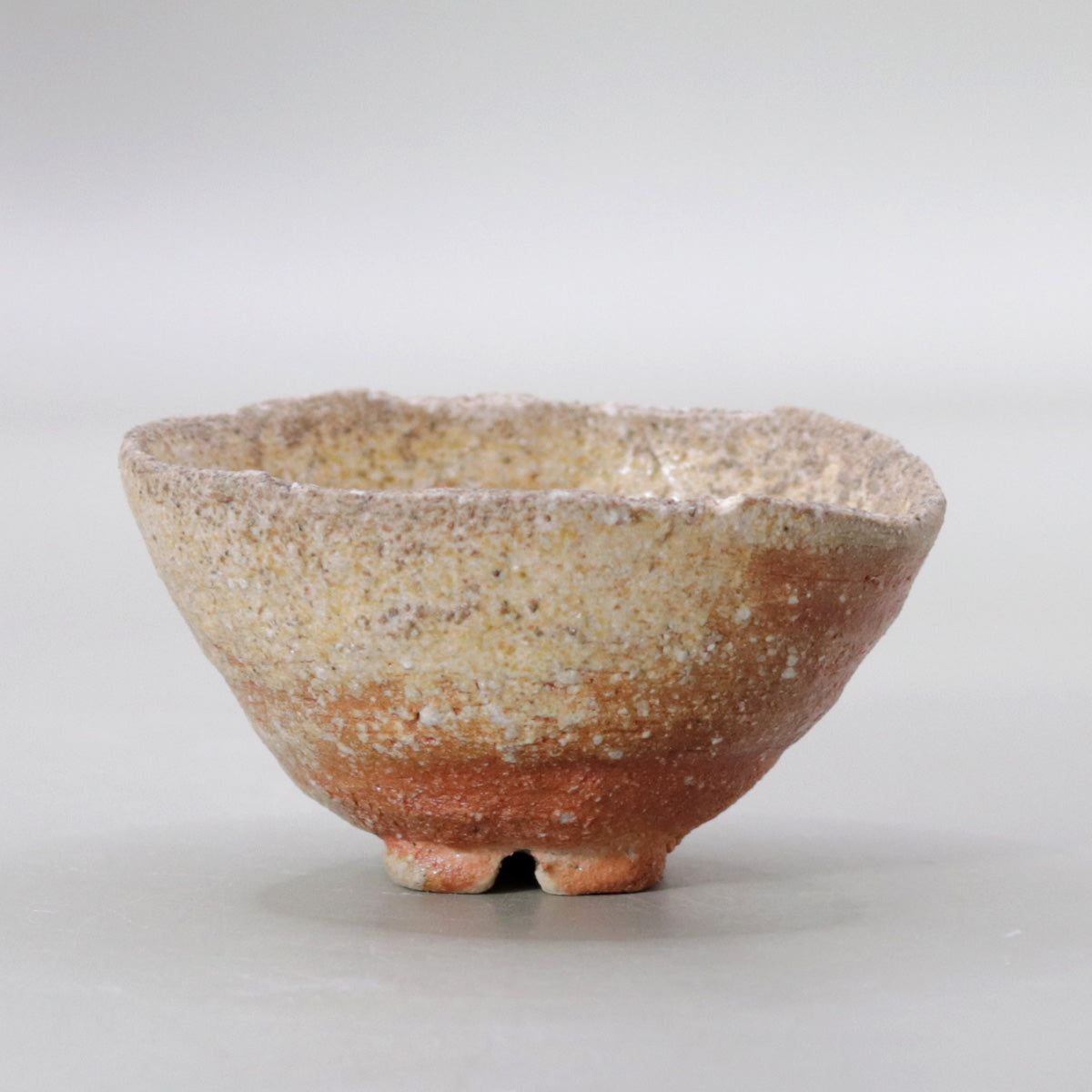
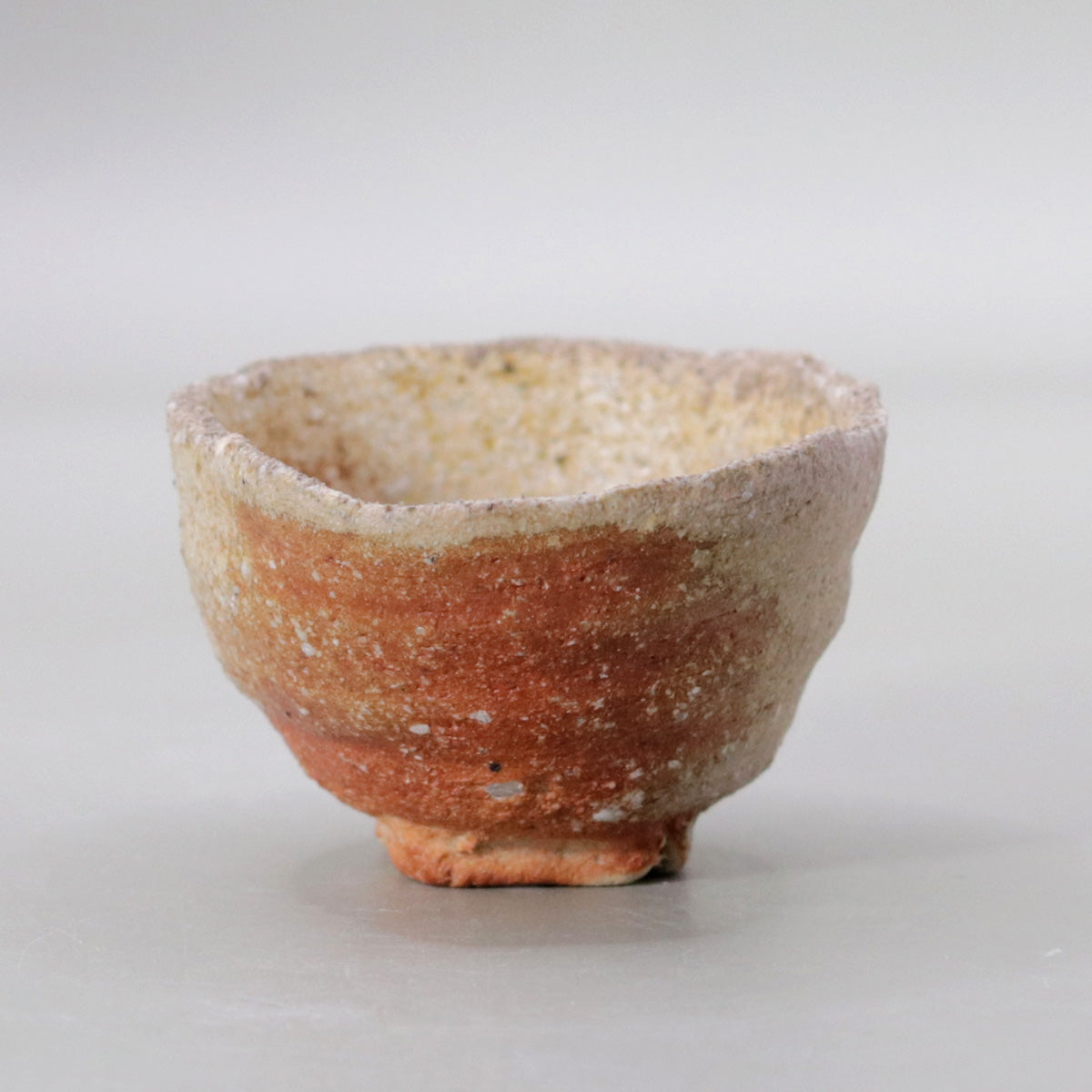
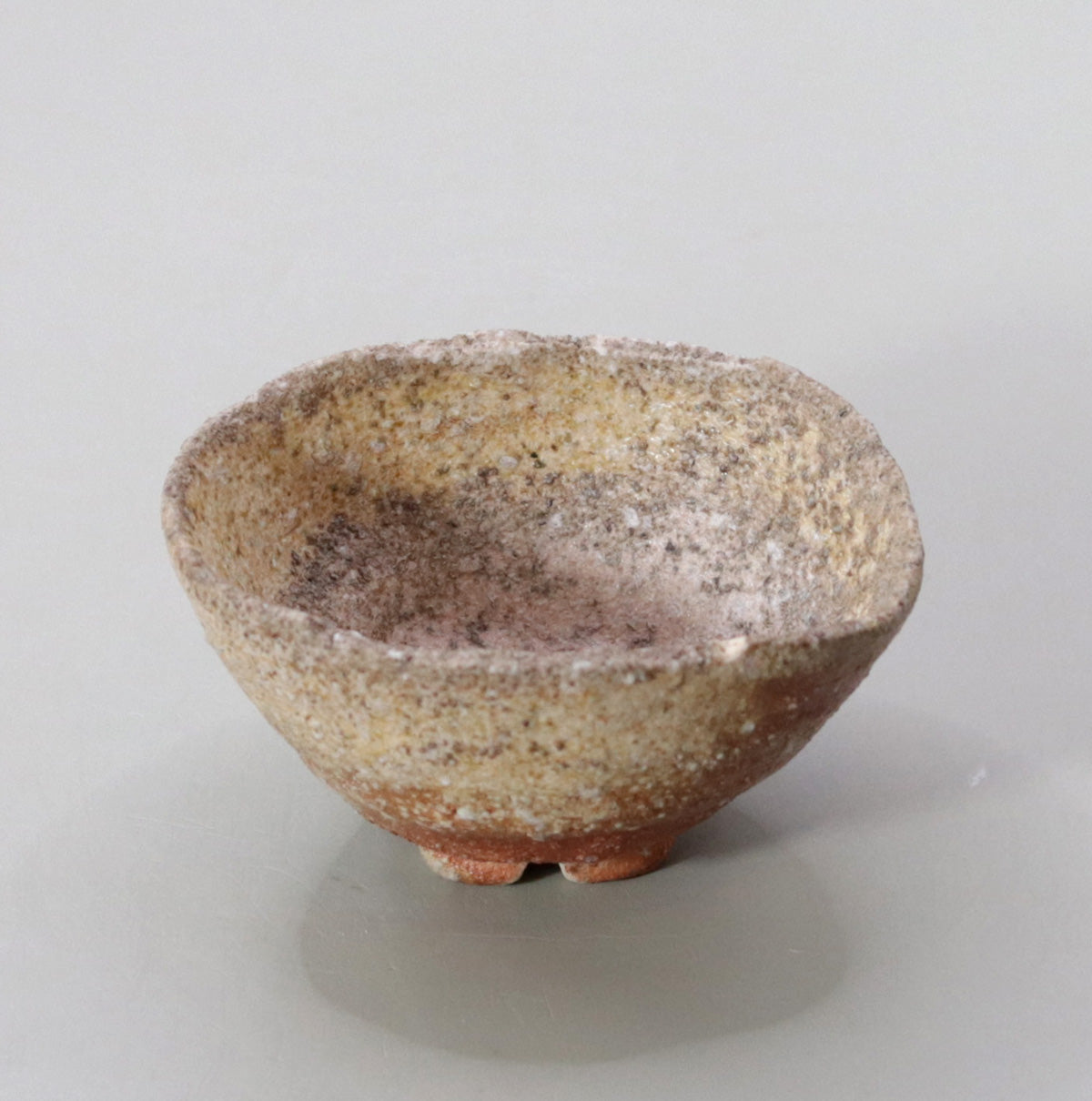
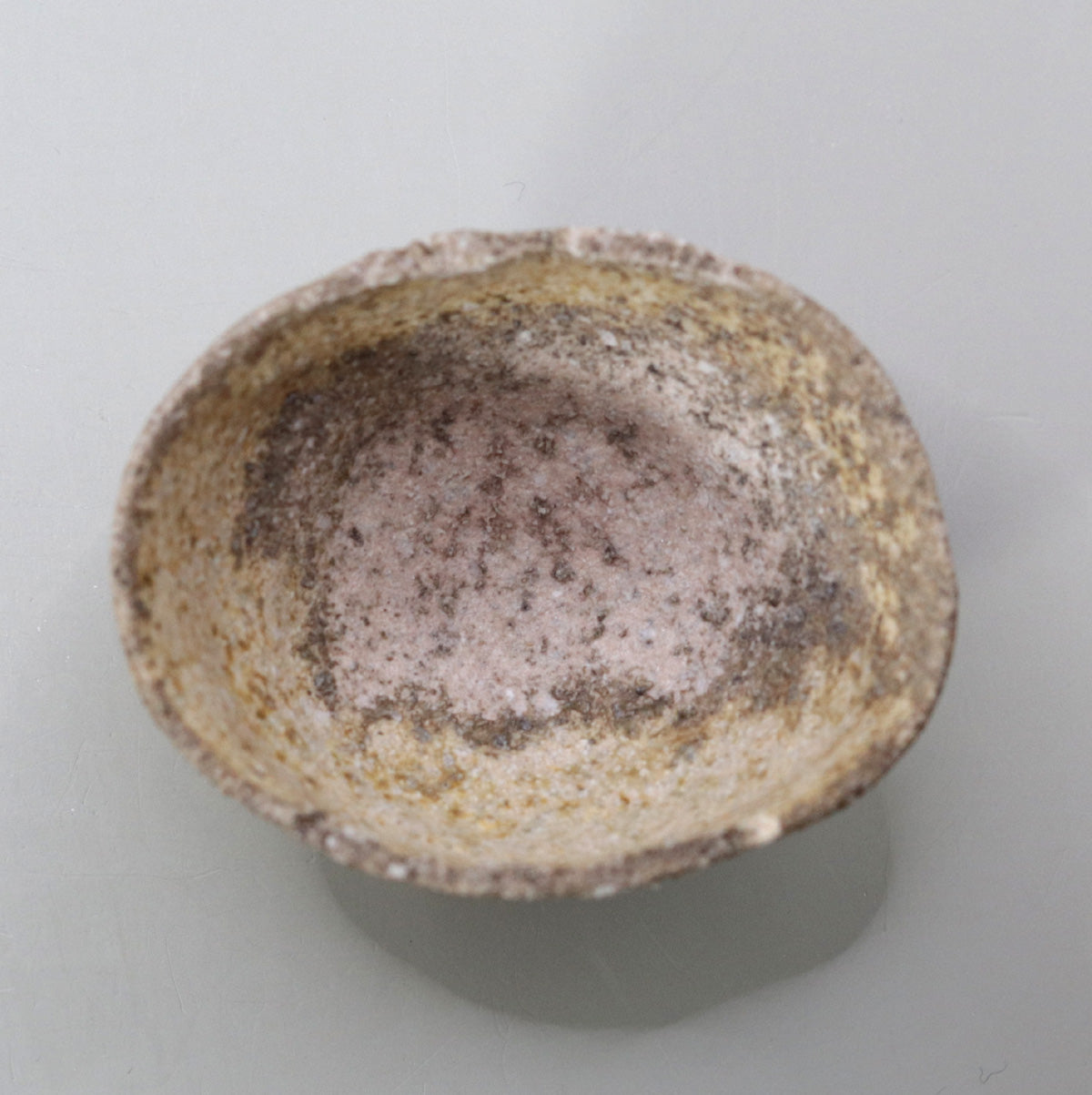
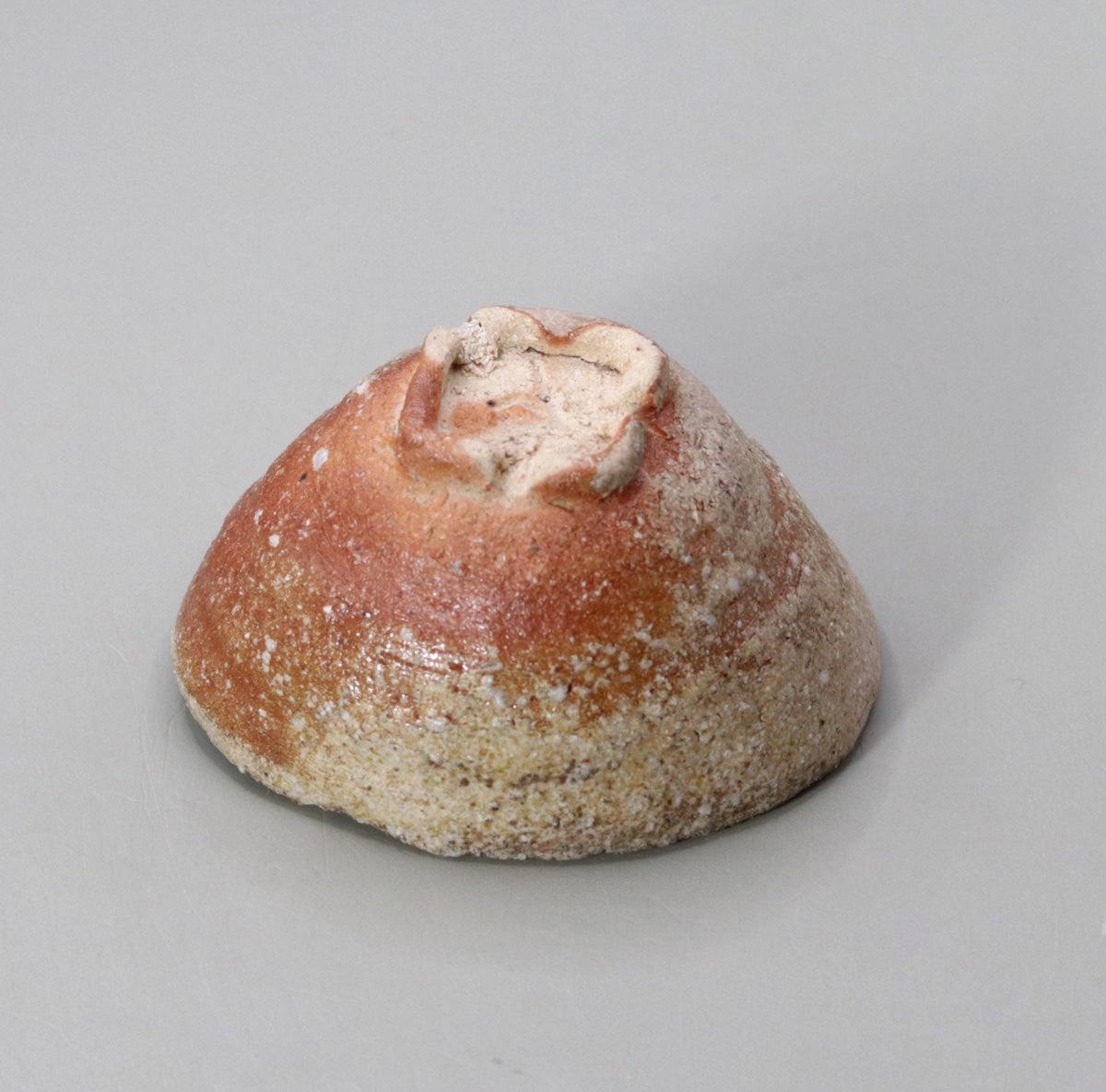
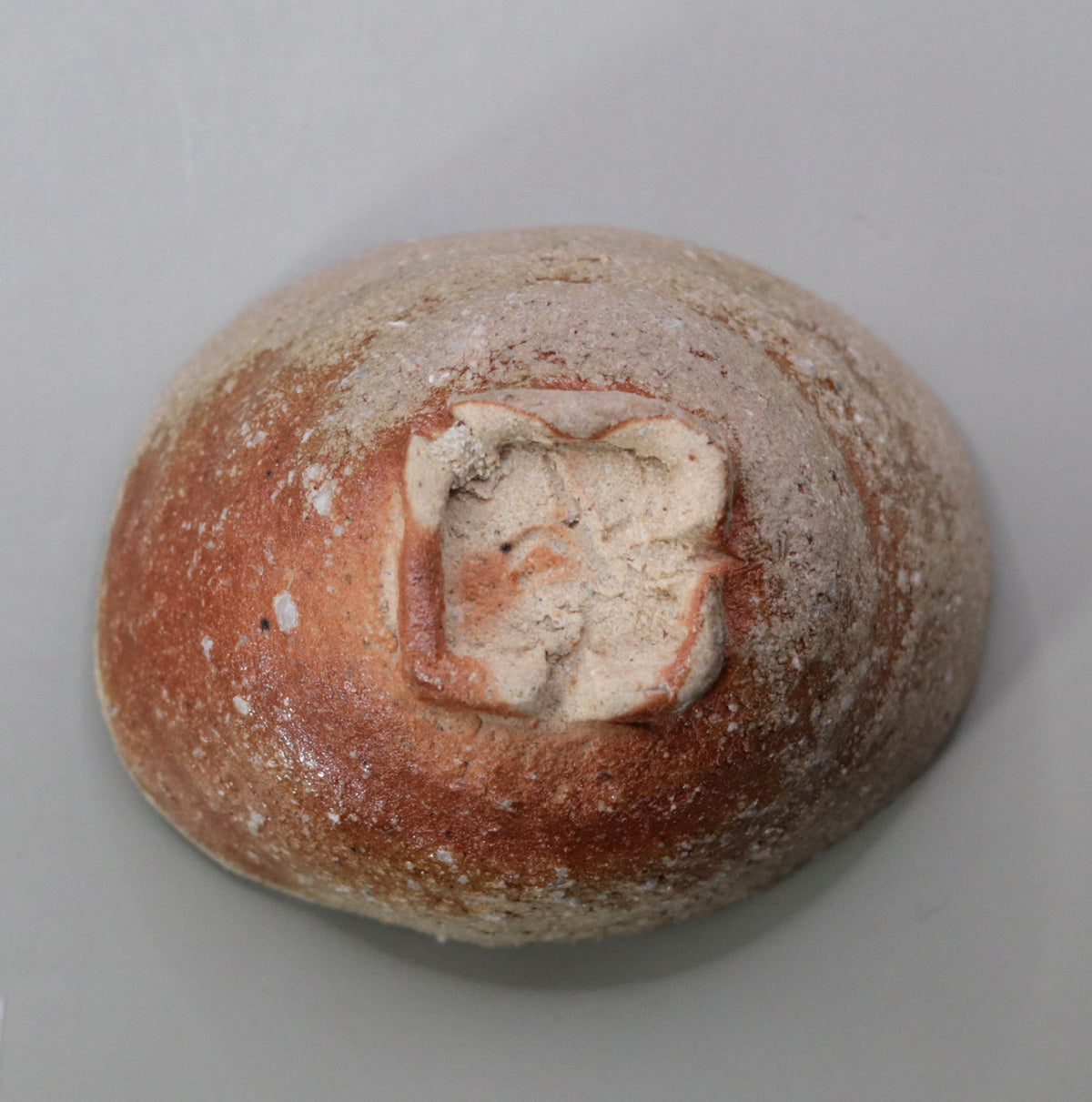
Multi-Column
-
[I will send it to you quickly and carefully]
We carefully package each product in a way that suits it best.
Also, delivery times vary depending on the piece (vessel, etc.).
Items that already come with a box will be shipped within 1-3 days of the order date.
For items that require a box to be made after your order, it will take approximately 30 days for production to be completed and then shipped.
In either case, once we have confirmed your order, we will contact you by email to inform you of the delivery date.
-
[Requests when purchasing pottery]
Even products that look the same may differ slightly in color, shape, size, etc.
The way the glaze is used, the power of the kiln, the firing method, the season, and the humidity also affect the appearance of the pottery.
Please understand the individuality of each piece of pottery and enjoy the unique warmth of handmade.
